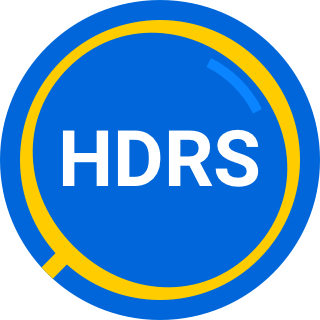Clinician's administration may influence the subject by how they explain the question. Interpretation of the subjects response may also be hindered by the clinician even when methods are present to prevent interviewer biases.
Various problems are to be found with specific symptoms. Thus considerable difficulty is found with the depressive triad: depressive mood, guilt, and suicidal tendencies. These are so closely linked in description and judgment as to be very difficult to separate. It is very important to avoid the halo effect by automatically giving all of them high or low scores, as the case may be.
It is particularly useful to have two raters independently scoring a patient at the same interview, since this gives data for calculating the inter-physician reliability.
After recovery from depression, some patients sometimes show a brief hypomanic reaction, during which the exuberantly cheerful patient will deny that he has any symptoms whatever, though he is obviously not to be regarded as normal. In such cases, the rating scale is inapplicable and should be delayed until the patient has fully recovered.
The present scale has been devised for use only on patients already diagnosed as suffering from affective disorder of depressive type. It is used for quantifying the results of an interview, and its value depends entirely on the skill of the interviewer in eliciting the necessary information. The interviewer may, and should, use all information available to help him with his interview and in making the final assessment. The scale has undergone a number of changes since it was first tried out, and although there is room for further improvement, it will be found efficient and simple in use. It has been found to be of great practical value in assessing results of treatment.


